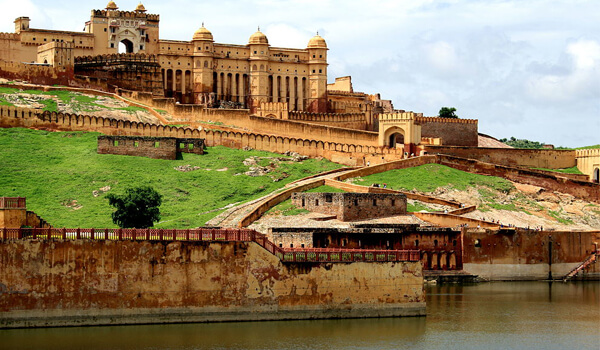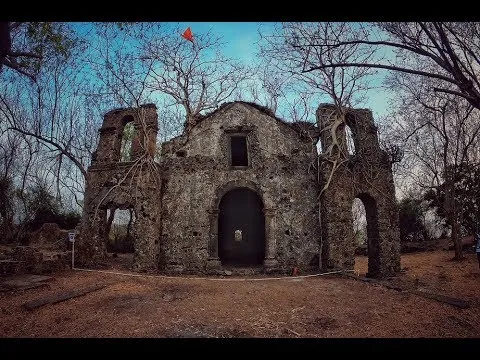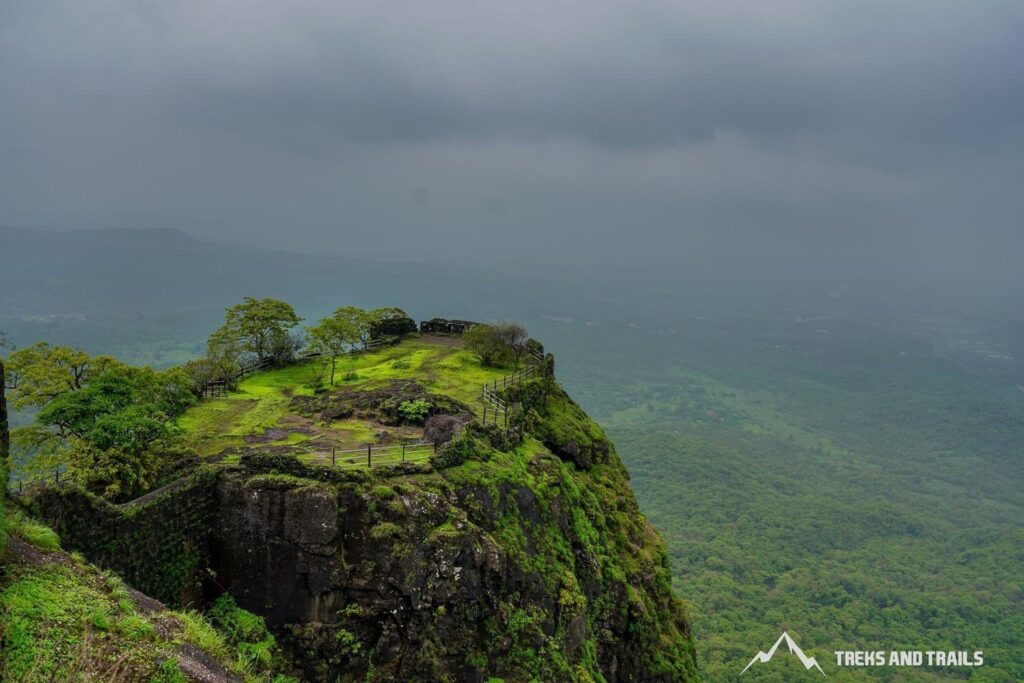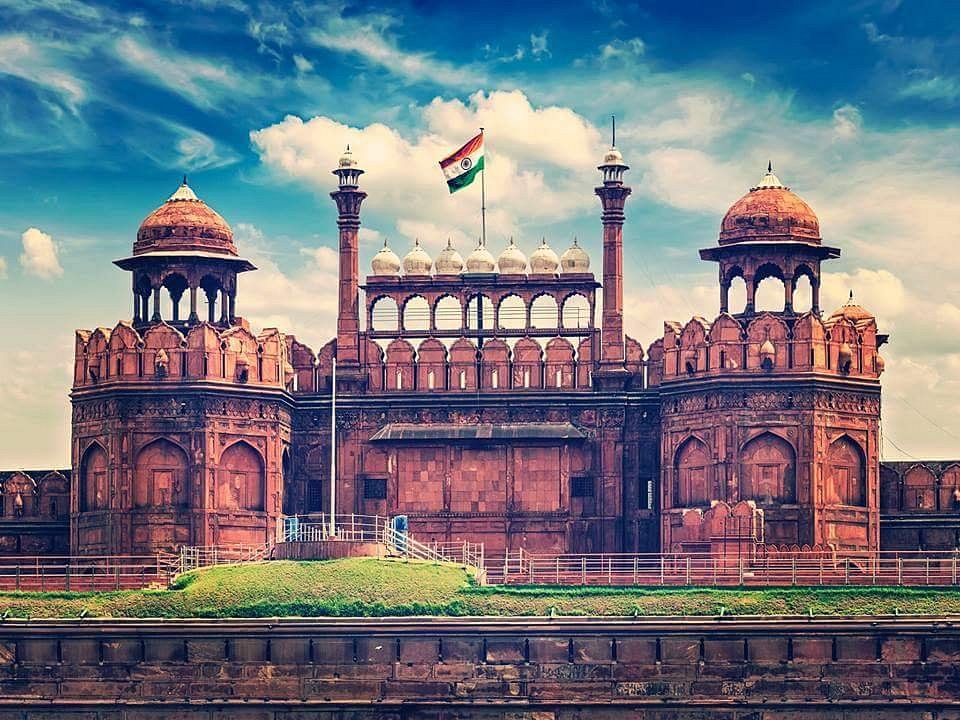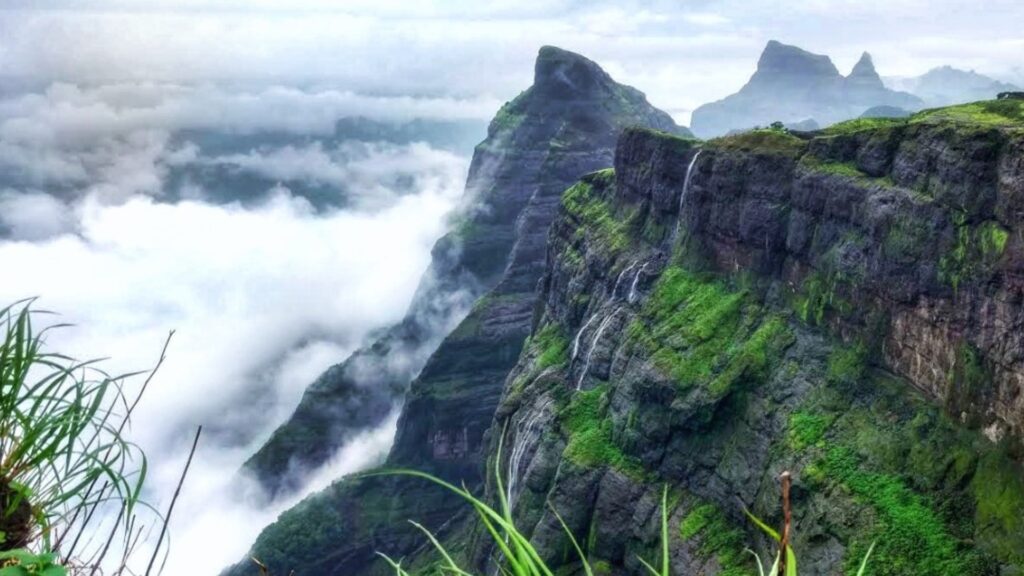The Amber Fort, also known as Amer Fort, stands as a testament to the rich cultural heritage, architectural prowess, and strategic significance of Rajasthan in India. Situated near Jaipur, the capital city of Rajasthan, Amber Fort is a majestic fortress that has enthralled visitors with its grandeur, intricate designs, and historical importance for centuries.
Historical Background
The history of Amber Fort is intertwined with the rise of the Kachwaha Rajput dynasty, who ruled the region from the 11th century onwards. The fort itself was originally built in the 16th century by Raja Man Singh I, a trusted general in the court of Mughal Emperor Akbar. Over the centuries, successive rulers added to its grandeur, resulting in the stunning blend of Rajput and Mughal architectural styles that we see today.
Architectural Marvels
1. Fortification and Layout
Amber Fort is strategically located on a hilltop, providing natural defenses and panoramic views of the surrounding Aravalli Hills and Maota Lake. The fort’s massive walls, constructed of red sandstone and marble, stretch for miles and enclose a complex network of palaces, courtyards, temples, and gardens.
2. Ganesh Pol and Suraj Pol
The main entrance to Amber Fort is through the Ganesh Pol (Ganesh Gate), a beautifully decorated gateway adorned with intricate frescoes, lattice work, and images of Lord Ganesh, the remover of obstacles. Beyond Ganesh Pol lies the Suraj Pol (Sun Gate), named for its depiction of the sun god Surya in vibrant colors. These gates not only provided access but also served as symbols of royal authority and artistic excellence.
3. Diwan-i-Aam and Diwan-i-Khas
Similar to other Mughal-influenced forts, Amber Fort features halls for public and private audiences. The Diwan-i-Aam (Hall of Public Audience) is where the ruler would meet with commoners and hear their grievances. In contrast, the Diwan-i-Khas (Hall of Private Audience) was reserved for important meetings with nobles and dignitaries. These halls are adorned with exquisite marble work, ornate columns, and delicate mirror work.
4. Sheesh Mahal (Mirror Palace)
One of the most dazzling attractions within Amber Fort is the Sheesh Mahal, also known as the Mirror Palace. This chamber is adorned with thousands of tiny mirrors embedded in intricate patterns on the walls and ceilings. When candlelight or sunlight enters the room, it creates a mesmerizing effect, with the mirrors reflecting and amplifying the light, earning it the nickname “Palace of Mirrors.”
5. Sukh Niwas and Jai Mandir
Sukh Niwas, or the Hall of Pleasure, is a cool chamber with a unique feature: a system of water channels that once circulated cool water through the room, offering relief from the scorching desert heat. Nearby, Jai Mandir (Hall of Victory) showcases exquisite marble work, intricate carvings, and stunning views of the surrounding landscape.
6. Kesar Kyari Bagh and Maota Lake
Amber Fort is not just a fortress but also a symbol of harmony with nature. The Kesar Kyari Bagh is a beautiful garden within the fort complex, featuring symmetrical patterns of flower beds and pathways. Maota Lake, located at the foothills of the fort, not only enhances the fort’s beauty but also served as a vital water source during times of siege.
Cultural Significance and Influence
Beyond its architectural splendor, Amber Fort holds deep cultural and historical significance for Rajasthan and India as a whole. It reflects the valor, artistic patronage, and resilience of the Rajput rulers who defended their kingdoms against various invasions and maintained a rich cultural legacy.
The fort’s influence extends beyond its walls, impacting Rajput and Mughal art, architecture, and lifestyle. The intricate frescoes, delicate mirror work, and fusion of Hindu and Islamic motifs in the fort’s design are echoed in palaces and structures across Rajasthan and northern India.
Tourism and Conservation
In modern times, Amber Fort has become a major tourist attraction, drawing visitors from around the world to marvel at its beauty and immerse themselves in its historical ambiance. The fort’s inclusion in UNESCO’s World Heritage Site tentative list underscores its global importance as a cultural treasure.
Efforts to preserve and conserve Amber Fort’s heritage are ongoing, with initiatives focusing on restoration, maintenance of frescoes and artworks, and sustainable tourism practices to ensure that future generations can continue to appreciate its splendor.
Conclusion
Amber Fort, with its stunning architecture, rich history, and cultural significance, stands as a shining jewel in Rajasthan’s crown. It is not just a monument of stone and mortar but a living testament to the valor, artistic brilliance, and cultural fusion that define India’s diverse heritage. As visitors traverse its courtyards, halls, and gardens, they embark on a journey through time, experiencing the grandeur and legacy of Rajasthan’s royal past at every turn within the magnificent walls of Amber Fort.

